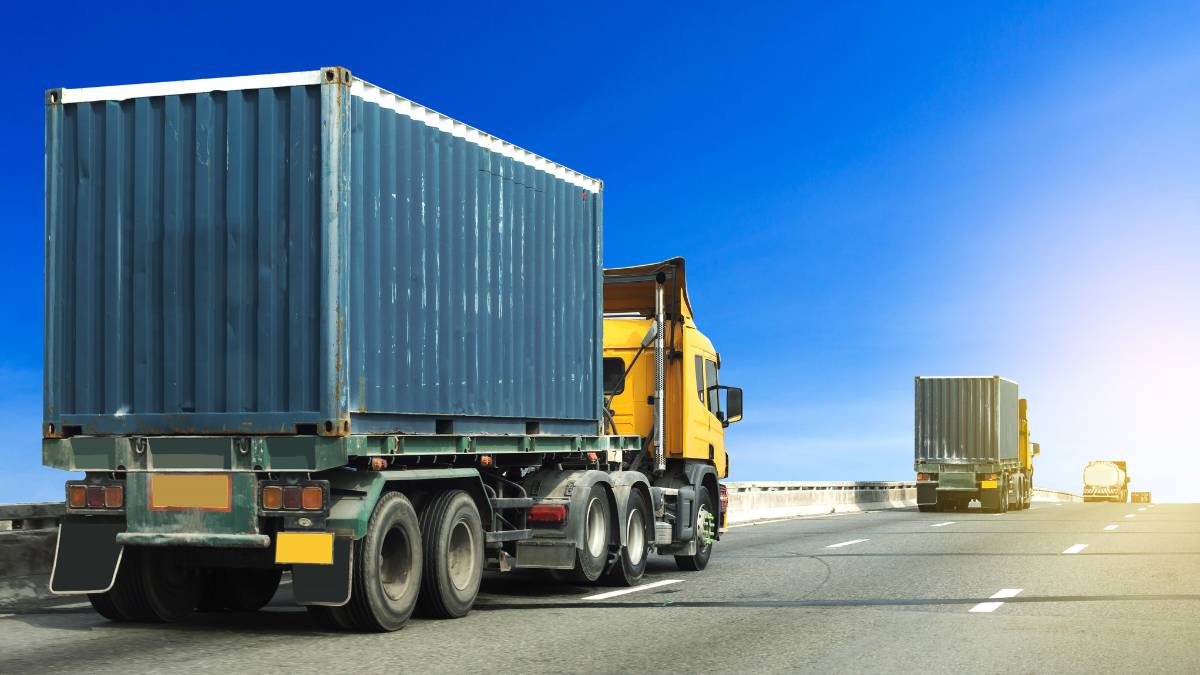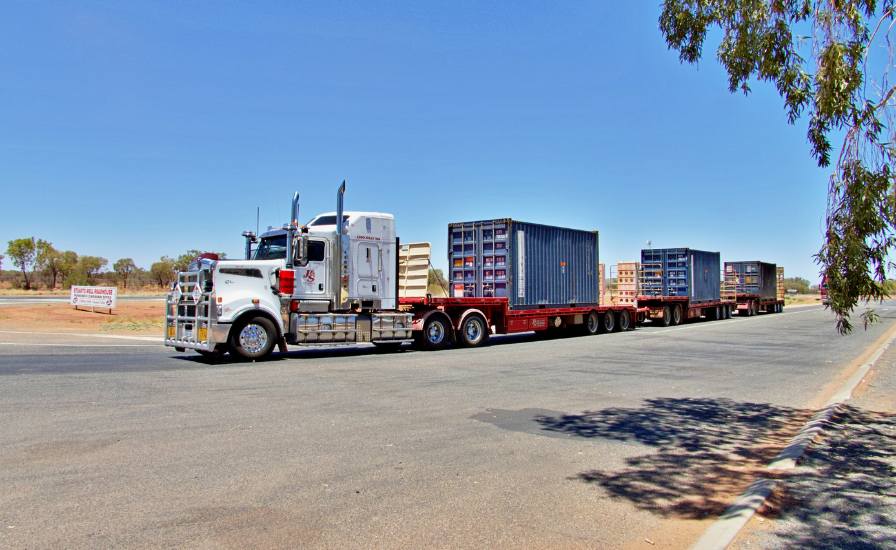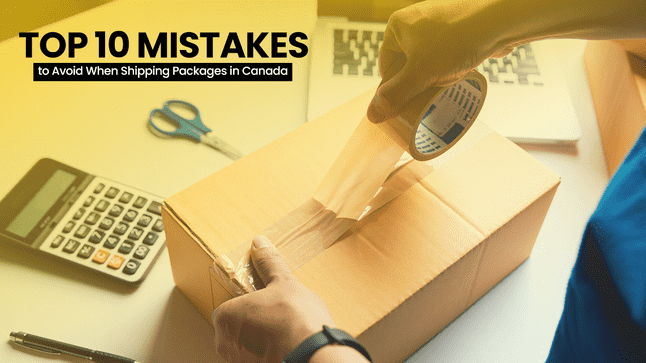Choosing the best freight method is critical for transporting your goods most efficiently across Canada. A range of options is available to get your carriers to market, and two commonly used methods of transportation in commercial freight are partial truckload and full truckload. While both methods involve shipping goods by truck, the costs, efficiencies, and logistics associated with each vary significantly depending on the size of your shipment, urgency, and budget.
In this blog, we will explain the difference between partial truckload and full truckload, explain how partial truckload shipping works, and compare partial truckload with less than load freight and FTL shipping in Canada. It doesn’t matter if you are a growing business or a logistics manager; knowing the different modes will help you make better decisions in the supply chain.
What is Partial Truckload (PTL) Shipping?
Using the partial truckload (or PTL trucking for short) shipping method is the right option for companies whose freight is too large for less than load freight (LTL), but not enough freight to require a whole truck load. Partial truckload is generally a shipment that weighs between 5,000 and 25,000 pounds and takes more room than LTL but not a fully loaded truck.
With partial truckload, your freight occupies trailer space along with other shipments; however, it is different than LTL because it is not reloaded and handled at multiple hubs. This approach means less risk for damage and quicker transit times.
Some benefits of partial truckload shipping are
- Reduced freight costs in comparison to full truckload.
- Fewer touchpoints and limited handling.
- Faster delivery windows than LTL shipping in Canada.
This is a wonderful option for businesses looking for flexibility, reliability, and budget-friendly solutions.
What is a Full Truckload (FTL) Shipment?
Full truckloads, or FTL shipping, refer to situations where the entire truck is needed for a freight movement. Freight movements generally exceeding 20,000 pounds or ones that require 20–260–26 pallets are ideal for FTL.
Unlike partial truckload shipments, FTL shipments do not involve sharing. You have the truck exclusively to yourself, which means such benefits as:
- It is a direct point-to-point movement from origin to destination.
- There is less risk of damage due to minimal handling.
- Transit times are shorter than for a partial truckload.
This mode of shipping is frequently utilized by manufacturers, large retailers, or any company moving bulk items that require expedited service.
Key Differences Between Partial Truckload and Full Truckload
Now, let’s take a closer look at the difference between partial truckload and full truckload based on capacity, cost, delivery time, and handling.
| Factor | Partial Truckload | Full Truckload |
| Capacity | 5,000–25,000 lbs | 20,000–45,000+ lbs |
| Space Used | Shared trailer space | Entire trailer |
| Cost | More cost-effective for mid-sized loads | Higher upfront cost, lower per-unit cost |
| Transit Time | Faster than LTL, slower than FTL | Fastest among all road transport options |
| Handling | Minimal handling, fewer touchpoints | Direct, with no unloading en route |
| Ideal For | Medium businesses, flexible timelines | Bulk shippers, urgent or sensitive cargo |
Comparing partial truckload and full truckload comes down to degree of control, speed, and price. If you have mid-sized freight and your budget is the main focus, then PTL trucking works perfectly, while FTL trucking works for high-priority deliveries with strict timing needs.
Where Does Less Than Load Freight Fit In?
Before choosing to use partial truckload or full truckload, it’s important to understand less than load freight (LTL). LTL is utilized when shippers have small shipments (generally below 5,000 lbs) that don’t take up much space. These shipments are combined with other small shipments that are routed through multiple hubs.
LTL shipping in Canada is cost-effective for small companies but can have longer transit times and higher chances for damage due to multiple transfers.
- LTL = Small shipments, slowest delivery, most handling.
- PTL = Mid size shipments, moderate speed, least handling.
- FTL = Large shipments, fastest delivery, no handling on the way.
When to Choose Partial Truckload Shipping?
You might consider partial truckload shipping if:
- Your freight doesn’t fill a whole truck, but is too large for LTL.
- You want a balance between cost and speed.
- Your shipment is delicate, and you want fewer handling points.
- You don’t require exclusive use of a truck.
It’s a middle-ground solution, offering better efficiency without the higher cost of full truckload.
When is Full Truckload the Better Option?
Select a full truckload shipping option if:
- Your weight or volume is enough to fill a full trailer capacity.
- You have guaranteed transit times, or your cargo needs prioritized handling.
- You want a direct delivery without stops or transfers.
- You are shipping high-value or time-sensitive merchandise.
Full truckload is pricier, but it is still the best option for speed, safety, and reliability with large shipments.
Benefits of LTL Shipping Compared to PTL and FTL
While this blog discusses the differences between partial truckload and full truckload shipping, it’s essential to highlight a few benefits of LTL shipping:
- Savings on costs for smaller freight shipments.
- The standard pricing rates have simplified the booking processes.
- Environmentally friendly, as you share cargo space with other shippers.
Nonetheless, when it comes to medium and large shipments, both partial truckload and FTL options generally provide better speed and safety compared to LTL services.
Conclusion
Here’s a recap of the difference between partial truckload and full truckload:
- Select partial truckload if your freight is of a medium size and you require cost efficiency without sacrificing transit speed.
- Choose full truckload service if you are transporting high-volume products and need fast, dedicated delivery.
Knowing your shipment needs, timelines, and budget can help you select the most efficient shipping option, whether that be PTL trucking, FTL shipping, or less-than-load freight.
If you’re considering reliable delivery and shipping services in Canada, it’s time to talk to a third-party logistics partner who understands the idiosyncrasies of the movement of freight.






